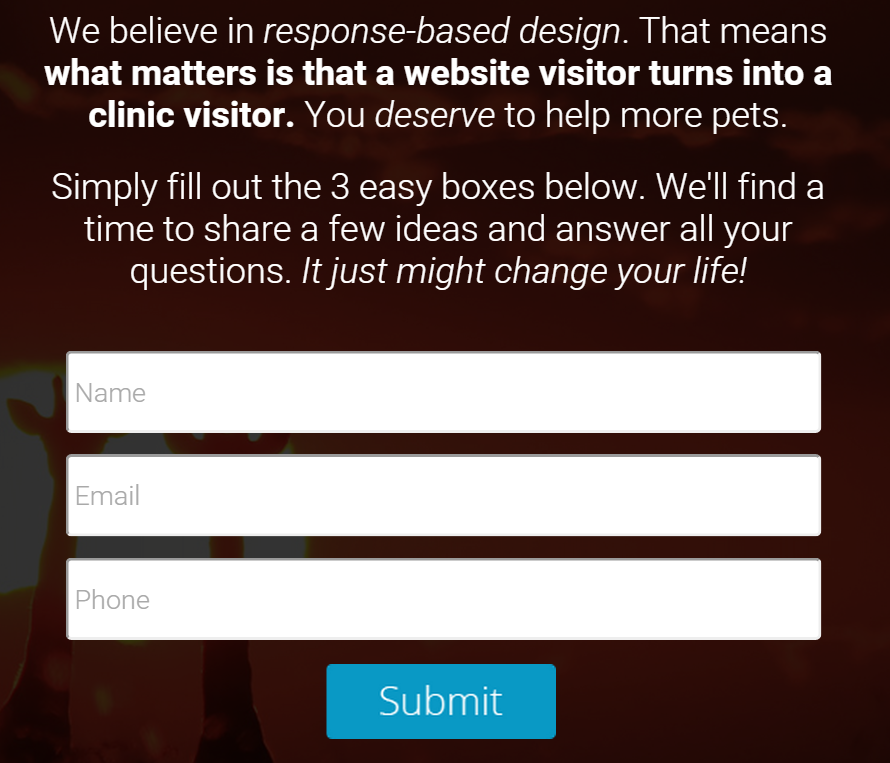AdWords (also known as “PPC” or “CPC”) has become a very popular digital marketing tool for veterinarians recently, and for good reason. If used strategically, it can offer immediate and sizable increases in business. However, often times veterinarians (and even companies!) won’t take a measured and scientific approach, and it will turn into a money sink. In this article, we’ll teach you three things that are essential to your success!
1) Research, Research, Research!

The beginning of an effective AdWords campaign is keyword research. You’re looking for keywords that aren’t heavily bid on and are related to a type of service you want to draw more traffic to. It’s also very helpful to target keywords with “buyer’s intent.” For example, if somebody searches for “best veterinarian in Carson City” it’s a pretty safe bet that they are serious about seeing a veterinarian soon. Google has a fantastic tool for this task here: Keyword Planner
2) A compelling and keyword-laden ad copy

A great ad copy requires two factors. The first part is making an ad that is compelling. Your goal is to entice someone who is interested in your services to click your link. If, for example, the keyword is “veterinarian near me” your ad might want to mention something to the effect of “A Great Veterinary Hospital – In your own neighborhood!”
The second part is remembering to keep as many of the keywords in the ad copy as possible. Google wants to make sure that your ad is professionally done and relevant to the search. They use a “quality score” to incentivize this. Basically, the higher the quality score, the less you’ll have to pay for a click.
3) Landing Pages

The single largest mistake that veterinarians make with AdWords is setting up their ad to go to their website home page. Remember, you are paying money for this click, and you need to give yourself the best possible chance that they take action right then! Make sure that they are directed to a dedicated landing page that specifically describes the service you are advertising for, and is centered around getting them to take the next step. For example, if the keyword is “dental cleaning for a dog” then the landing page should talk about your professional veterinary dental cleanings, and it should encourage them to either call you or submit a simple form (name and phone number) to take the next step. This is all about conversion, and you have to show them a very simple path forward to experience good results.
You are now prepared to run an effective AdWords campaign. Remember though, you need to actively monitor it to see what is providing you with the best ROI, and what is weighing you down. It takes time and effort, but it is an incredibly opportunity for your veterinary hospital’s growth!


Leave A Comment